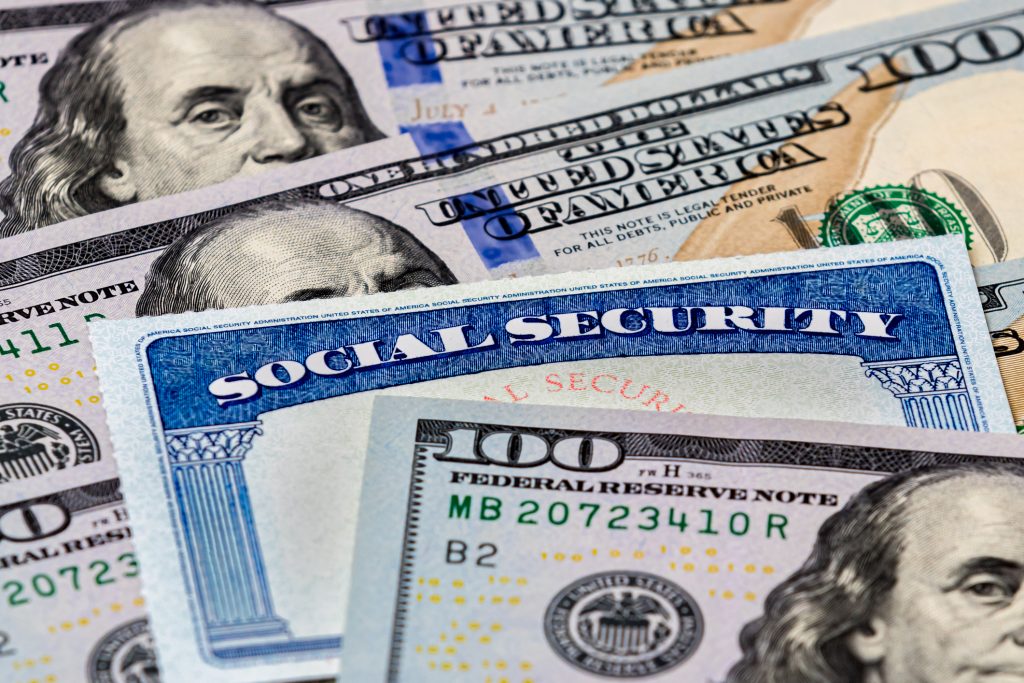Like other fixed-income securities, baby bonds typically feature a specified maturity rate and schedule of interest payments. Baby bonds, though, are issued in smaller denominations than most other types of corporate bonds, which can make them seem like an easy way to access the bond markets. But a smaller investment minimum doesn’t mean that this type of bond has lower risks.
Baby bonds are issued by the same types of companies that issue traditional bonds, including utility companies, investment banks, telecom companies and other types of corporate issuers. Business development companies (BDCs) — investment companies that fund small and mid-sized businesses — also issue baby bonds, as do government entities to fund infrastructure projects or public initiatives.
In the U.S., the term baby bonds sometimes refers to savings accounts issued for babies as part of policies aimed at decreasing wealth disparities. These are publicly funded initiatives and are not the same as the baby bonds that are financial instruments available to investors.
If you’re thinking about purchasing baby bonds as an investor, you should understand both their features and risks before determining whether they’re right for you given your personal goals and risk tolerance.
Baby Bond Features
Lower Par Value — The par, or face value, of a baby bond is considerably lower than a typical corporate bond. Most corporate bonds require a minimum investment of $1,000, while baby bonds are available in denominations of $25.
Fixed Coupon — Baby bonds are structured similarly to other fixed-income instruments and pay a fixed coupon rate that’s typically paid on a quarterly basis. Like other types of bonds, maturity dates vary but are often in the 10- to 30-year range.
Callable Feature — Many baby bonds are callable, giving the issuer the right to repay the bond before its scheduled maturity.
Tradeable — Since baby bonds are generally listed on public exchanges, such as the NYSE or Nasdaq, there might be the option to sell if you require liquidity.
Baby Bond Risks
Call Risk — If a baby bond is callable, this means the issuer has the option to return the bond’s principal to you and stop paying interest before the note reaches its original maturity date. Issuers can typically call a baby bond beginning five to 10 years from the time the bond is originally issued, at no penalty to the issuer.
Why should you care? If an issuer recalls a 30-year bond after 10 years, you’ll receive the principal, but you won’t receive the remaining interest payments. For instance, you might buy a 30-year baby bond with the intention of using the quarterly coupon for a specific expense. If that bond is called after 10 years, you’ll receive the principal back but will no longer receive the quarterly coupon payment.
Reinvestment Risk — Call risk can lead to reinvestment risk. Often bonds are called if interest rates drop because the issuer can refinance at a lower rate. While that’s great for the issuer, you could be stuck needing to reinvest the proceeds from the called bond at a lower rate of return.
Reinvestment risk can impact any cash flow payment, including coupon payments from your baby bonds, which means you might not be able to reinvest cash received from those payments at a rate comparable to what you earned with your initial investment.
Liquidity Risk — What would happen if you bought your baby bond and then decided to sell it before it matures? Trading volume for baby bonds is generally thin, so the bid-ask spread — the difference between the asking price and the offering bid — may be wider compared to more heavily traded securities. That means it might not be so easy for you to find a buyer willing to pay you the price you want.
Default Risk — Most baby bonds are classified as unsecured debt of the issuer. In other words, they’re not backed by any underlying assets or collateral. If an issuer were to default, baby bondholders would get paid only after the claims of secured debt holders were met.
However, as with other debt instruments, baby bonds are senior to a company’s preferred shares and common stock and are paid before preferred and common shareholders in the event of a default.
Credit Rating Risk — Note that some baby bonds might have below investment grade credit ratings, which means the risk of default is considered higher than that of investment grade companies. Investors should review ratings from agencies like Moody’s or S&P before purchasing baby bonds. Lower ratings often mean higher yields but come with greater risk.
Interest Rate Risk — Like other types of bonds, baby bonds face interest rate risk, meaning changes in interest rates might reduce the market value of a debt instrument that you hold.
When interest rates fall, bond prices rise, and when interest rates rise, bond prices fall. If rates were to rise significantly in the coming years, the market value of your baby bond could fall dramatically. Additionally, because baby bonds are traded on stock exchanges, prices of these securities might be vulnerable (or might fluctuate) in conjunction with overall stock market volatility. This could impact you if you’re hoping to trade the bond rather than holding it to maturity.
Tax Considerations — It’s important to consider the tax implications of baby bonds. Unlike municipal bonds, which may offer tax exemptions, the interest earned on baby bonds is typically subject to federal income tax and potentially state and local taxes. Consider talking with a tax professional, and be mindful of how these taxes could impact your overall returns on investment.
Do Your Due Diligence
While baby bonds offer investors the opportunity to invest in lower denominations, they still carry the same risks as conventional bonds. Be sure to read the prospectus of any baby bond issue, review the bond’s rating, and consider your risk tolerance before investing.
In addition to considering the creditworthiness of the issuer, keep an eye on broader economic trends, such as interest rate changes, which can significantly affect the value of your investment. If you plan to trade your baby bonds before maturity, assess the liquidity of the bonds and be prepared for potential price fluctuations.
Learn more about bonds and other investment products.
The $22,924 Social Security bonus most retirees completely overlook
If you’re like most Americans, you’re a few years (or more) behind on your retirement savings. But a handful of little-known “Social Security secrets” could help ensure a boost in your retirement income. For example: one easy trick could pay you as much as $22,924 more… each year! Once you learn how to maximize your Social Security benefits, we think you could retire confidently with the peace of mind we’re all after. Simply click here to discover how to learn more about these strategies.
View the “Social Security secrets” »
The Motley Fool has a disclosure policy.
 benzinga.com
benzinga.com fool.com
fool.com



